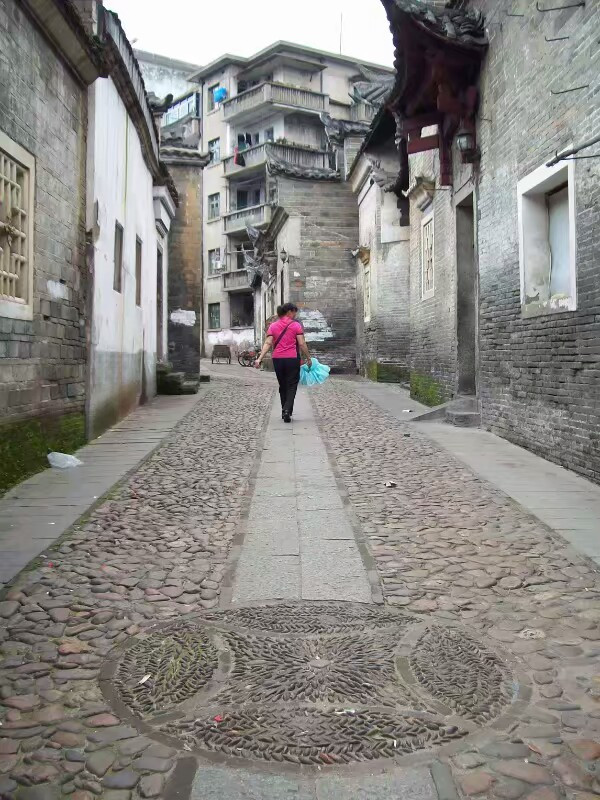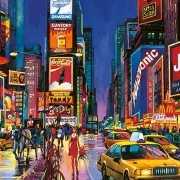There have been many historical stories in Zaoer Ancient Lane, located in a dense residential area. It is well protected and antique. One of them is a large ancient house that is used as a restaurant and operates a fair price of special local dishes. I ordered a refreshing and smooth fried mountain tablet, etc. While tasting while savoring the elegant classical furnishings of the house, don't have fun, in fact, the drunkenness is not the intention of wine.
;
Zaoer Lane Review
4.5 /5102 Reviews
Recommended Attractions at Popular Destinations
Bangkok attraction near me | Tokyo attraction near me | Manila attraction near me | Hong Kong attraction near me | Taipei attraction near me | Seoul attraction near me | Los Angeles attraction near me | New York attraction near me | Shanghai attraction near me | Kuala Lumpur attraction near me | Shenzhen attraction near me | Osaka attraction near me | Singapore attraction near me | Guangzhou attraction near me | London attraction near me | San Francisco attraction near me | Beijing attraction near me | Macau attraction near me | Bali attraction near me | Paris attraction near me | Ho Chi Minh City attraction near me | Orlando attraction near me | Jakarta attraction near me | Chicago attraction near me | Phuket attraction near me | Toronto attraction near me | Istanbul attraction near me | Dallas attraction near me | Cebu attraction near me | Seattle attraction near me
Popular Attractions
Tianmu Lake Yushui Hot Spring | Waterbom Bali | Hungarian Parliament Building | Durbuy Golfclub | Tunxi Ancient Street | Ex Monte di Pieta | Universal Orlando Resort | Chongqing Happy Valley | Spiaggia Mollarella | Tanjung Benoa Watersports | Sky Tower | Yuyuantan Park | Matamata | Art In Paradise Pattaya | Mao Mountain | Rasadnik Srecne Latice | Daehyeon Cultural Park | Yunqi Bamboo Trail | Quyuan Fenghe | Tillsonburg Public Library | Public Beach Access 23 | Ramsey County Parks and Recreation Offices | Abacus | Bates-Logan Park | Cachette | Berlin Recreation & Parks Department | The Site of Komaki Jinya | Şeyh Şamil Parkı | Église Sainte-Thérèse-des-Richardets de Noisy-le-Grand | Orange Island
Payment Methods
Our Partners
Copyright © 2024 Trip.com Travel Singapore Pte. Ltd. All rights reserved
Site Operator: Trip.com Travel Singapore Pte. Ltd.
Site Operator: Trip.com Travel Singapore Pte. Ltd.














